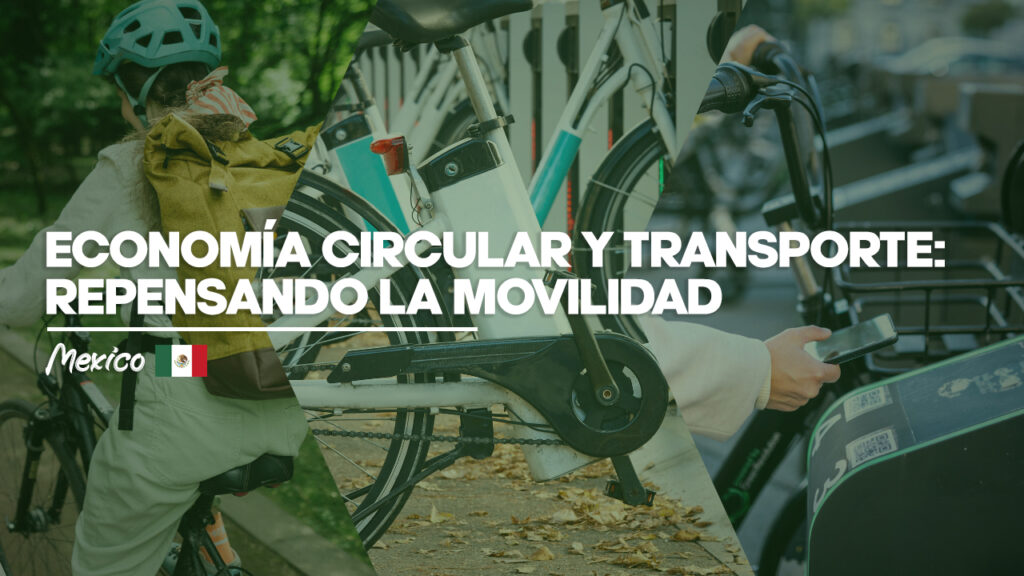In recent years, the concept of the circular economy has gained significant attention as a critical strategy for creating a more sustainable and resource-efficient world. One area where this idea can have a profound impact is in the transportation sector. Rethinking mobility through the lens of circular economy principles can lead to greener, more efficient, and more equitable transportation systems.
In this article, we will explore how the circular economy can reshape the way we move, reduce waste, and promote sustainable mobility solutions that benefit both people and the planet. Stay tuned to discover how rethinking transportation can be a game changer in building a more sustainable future for all!
You may have noticed that in many cities across the Americas, it’s now easy to get around using bicycles. Well, let’s take a look at how this system works in one of the largest and most populous cities in Latin America: Mexico City.
Ecobici is an alternative public transportation system in Mexico City, allowing citizens to use mobile devices, like their phones, to rent bikes from stations for trips of up to 45 minutes.
How does it work? To use the service, users must register digitally, either through a computer or an app on their phone to create a membership.
Once registered, users can unlock the bikes at the stations using a card, their phone, or a QR code to release them from their docking station. It’s essential to know which stations are accessible to plan your route. This transportation method is perfect for combining with other traditional modes of transit and is particularly convenient in areas of the city where public transportation time can be long.
When you’re done with your ride, returning the bike is a breeze. Simply return it to the docking station, and wait for the green light, indicating the bike is securely locked. The system operates from 5 a.m. until 12:30 p.m., offering various membership plans for one year, one week, three days, or a single day with unlimited trips. It runs every day of the week.
Does your city have a system like this? How does it work? Do people actually use it, or do they still prefer traditional and more polluting forms of transportation?

